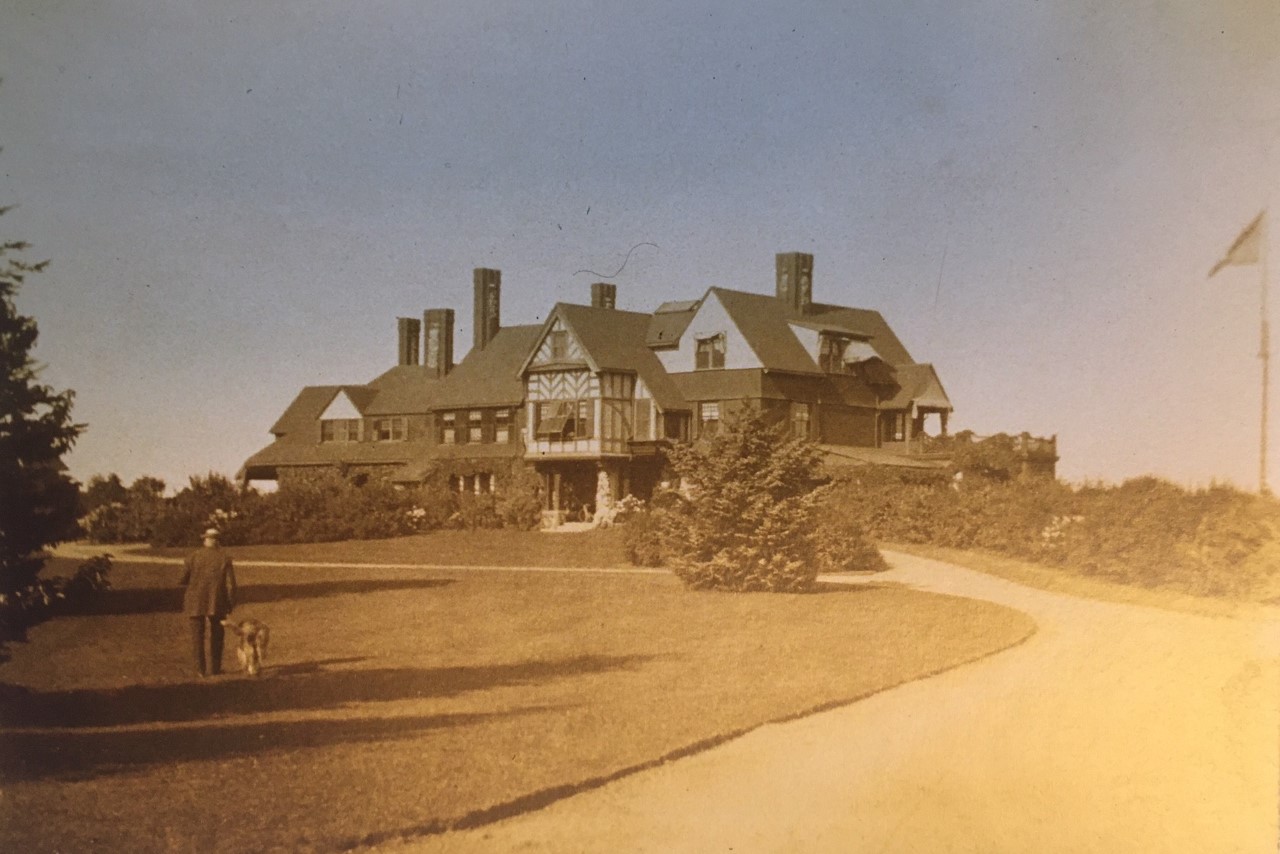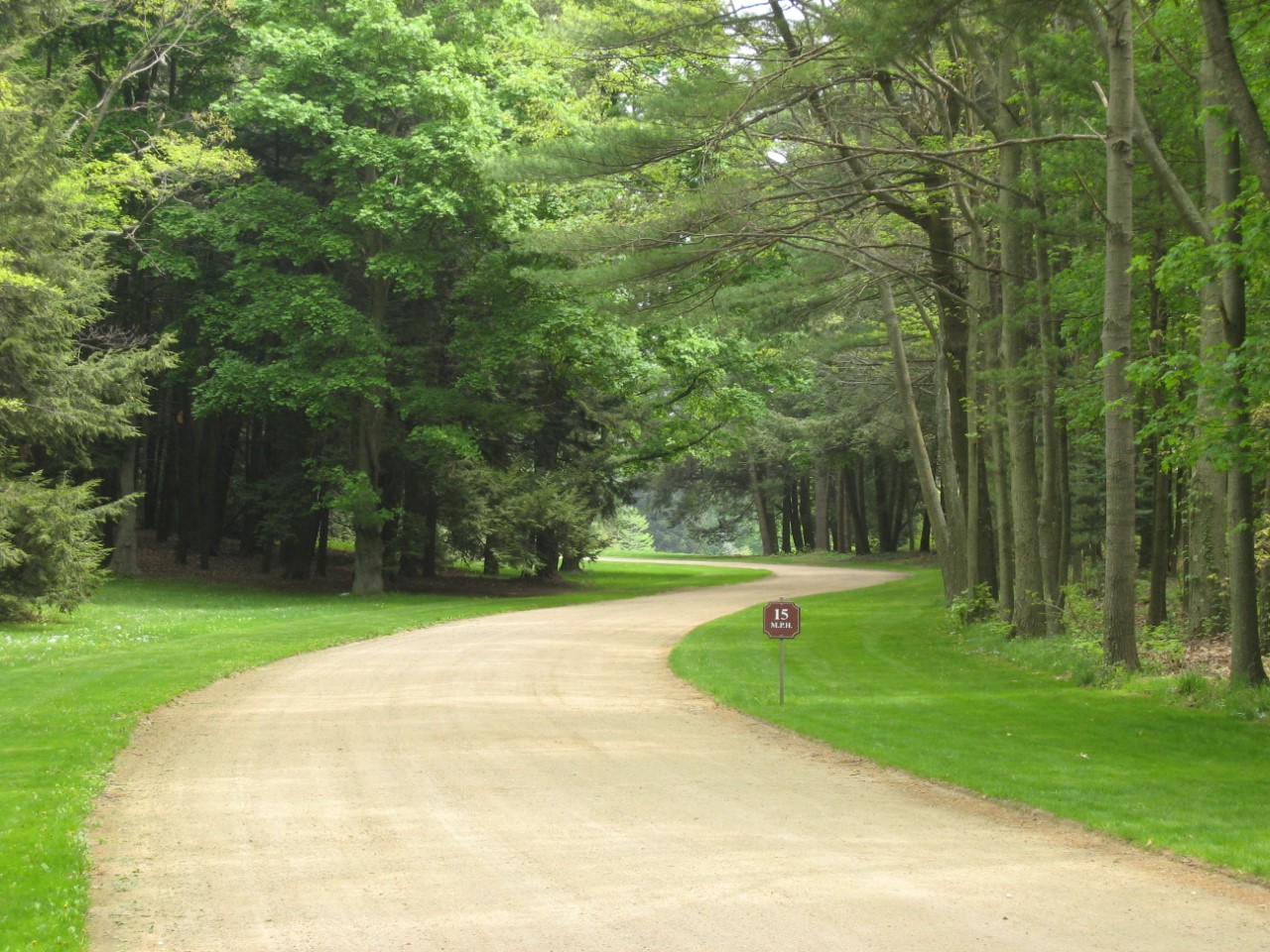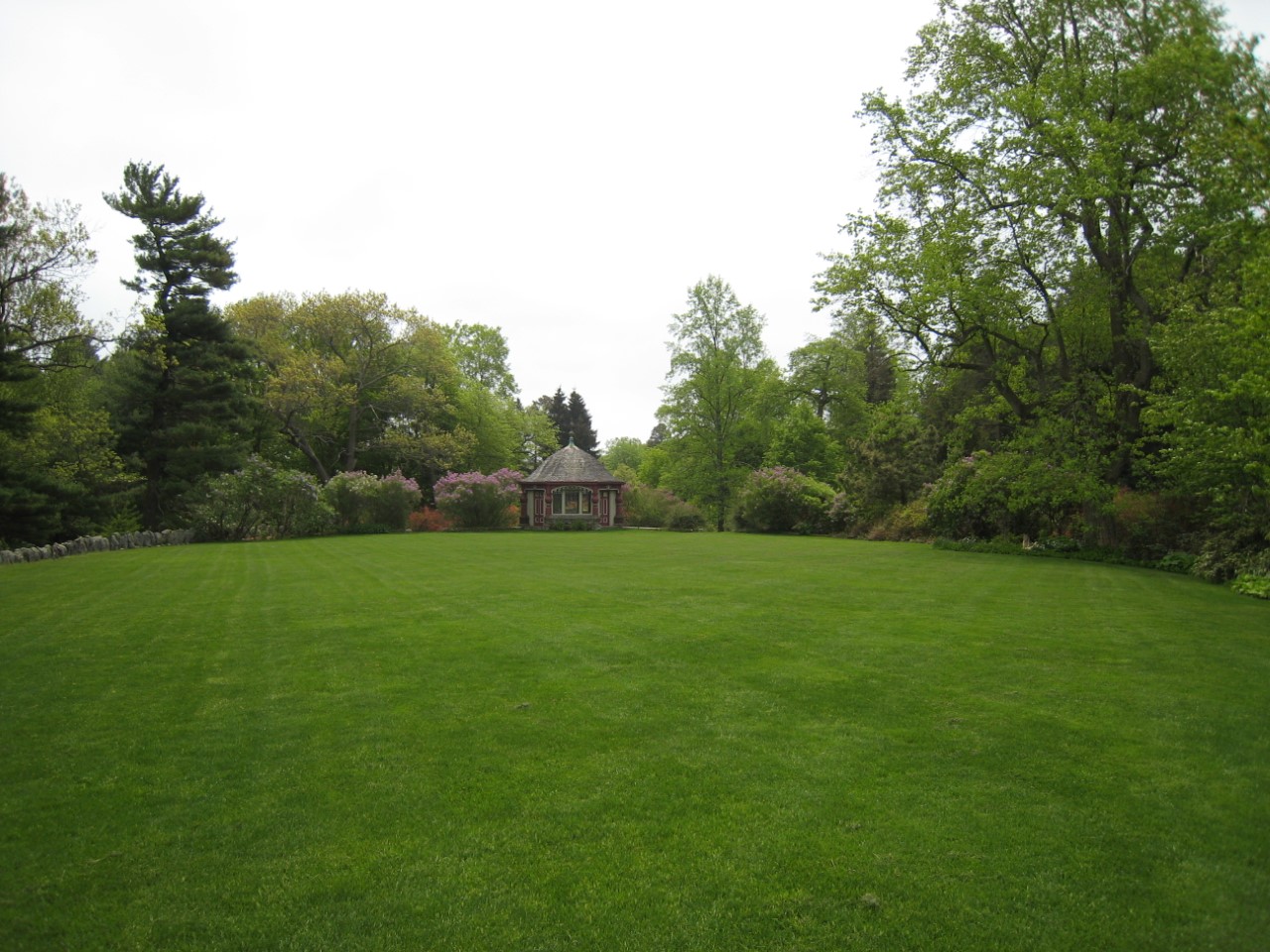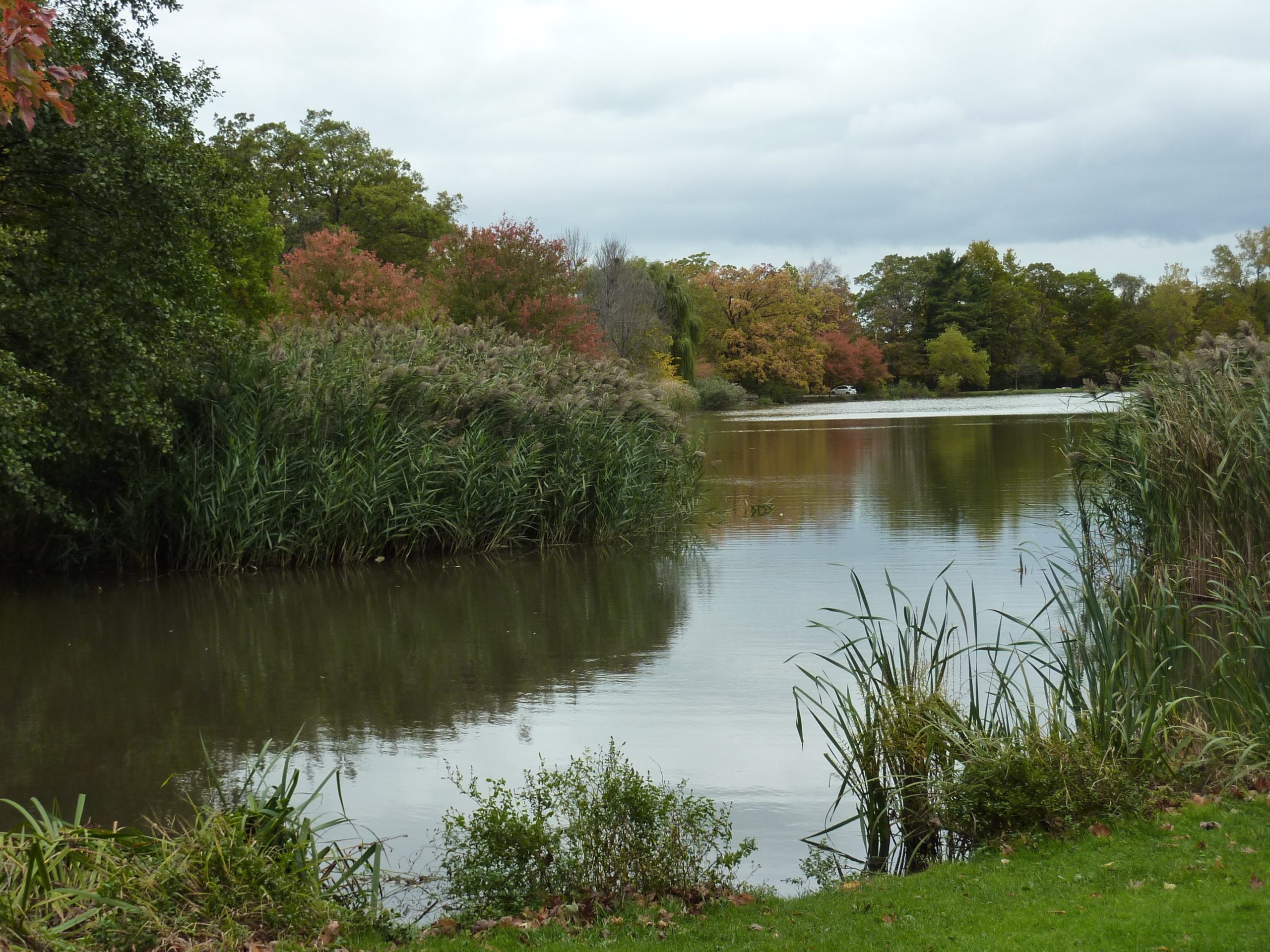
Moraine Farm (Project No. 12297) in North Beverly, Massachusetts, is a remarkable but not well-known property, retaining much of the ambiance and character that Frederick Law Olmsted intended for this private commission 140 years ago. That it has retained so much of its integrity over the decades is due to the wise and committed stewardship of its long-time owners, the Batchelder family, and the legacy plan they crafted to sustain this acreage into the future. However, for the past several years there has been some concern that some of the acreage, critical to this legacy, might be at risk, due to the financial difficulties in sustaining it. Thankfully, this has recently been successfully resolved.
When Frederick Law Olmsted, Sr. accepted the 1880 commission to design the over 200 rolling acres of land, much of it depleted farmland, for businessman John Charles Phillips, he urged his client to consider making his property more than either a gentleman’s farm or decorated country estate. What Olmsted created for Phillips was a remarkable property that not only enhanced the natural beauty of woodlands, meadow, and water to surround an elegant Peabody and Stearns mansion overlooking Lake Wenham but also combined it with scientific farming and forest management. This designed ensemble for Moraine Farm —enhanced nature, practical land usage, and aesthetically developed residential grounds—would become the prototype for Olmsted’s later recommendations for George Vanderbilt at Biltmore.

Moraine Farm is accessed by a sinuous drive curving through shadowy woods and by sunny meadows with occasional glimpses of agricultural buildings. The drive terminates at a rusticated shingle and boulder house, with plantings and a boulder-edged lawn, slightly elevated to give no hint of the lake beyond. The visitor has to pass through the house to glimpse a generous terrace overlooking the water. In his domestic plans as in his park designs, Olmsted separated his spaces by use, creating ‘open-air’ apartments for differing family activities. Therefore, the colorful flower garden is at a lower level from the generous greensward, so that the horticultural display will not interfere with the settled residence in its green surrounds. Carriage drives loop throughout the property providing access to various landscape experiences.
Sadly, John Phillips died in 1885 before he could fully enjoy the maturing of the property’s design. Moraine Farm remained in the Phillips family until 1928 when the Batchelder family purchased most of the acreage. The ownership by this family over the succeeding generations to the present day offers a remarkable narrative of dedicated and thoughtful stewardship, not only in continuing wise and productive land management but in respecting Olmsted’s artistic intentions. Over their years of ownership, they were advised by the Olmsted firm, by eminent scholars such as Dr. Charles Beveridge, and by various environmental groups and have been generous in providing access to these exemplary grounds to educate public and professional audiences about the Olmsted design legacy.
To sustain this property in perpetuity, the Batchelder family developed ground-breaking partnerships with several non-profit organizations to manage and maintain the historic integrity for this complex landscape into the future. A Friends of the Olmsted Landscape at Moraine Farm was set up to work cooperatively with all entities to assist in the rehabilitation and interpretation through tours of the remarkable landscape. The Essex County Greenbelt Association holds a conservation restriction overall; The Cape Ann Waldorf School owns 8 acres and runs a school, and the Trustees (formerly The Trustees of Reservations) owns 78 acres and runs a sustainable agricultural project partnering with Tufts University, while the Batchelder Family Trust still holds 60 acres. An educational team-building organization, Project Adventure, has held the remaining 66 acres since 1999, including the house and surrounds, renting it out as a popular event destination for weddings. But Project Adventure was finding it increasingly difficult to maintain its core educational mission and sustain this iconic property.

After months of concern, while Project Adventure’s acreage was on the market, the Trustees recently announced a campaign to raise $4 million to purchase the 66 acres to reunite and rehabilitate the property by restoring trails and creating wayfinding signage. This decision will enable Project Adventure to remain on the site, using these grounds to fulfill its educational relationship-building mission (in great demand due to the COVID-19 pandemic) without the burden of property management. With the Trustees’ intention to make these iconic grounds more publicly accessible, there is great potential to have Moraine Farm demonstrate the senior Olmsted’s perceptive balance of natural features, landscape values, and visionary design to an ever-widening audience.
Editor’s Note: The 2016 Olmsted Legacy Award was given to Mimi Batchelder-Brown and her late husband George Batchelder for their stewardship of Moraine Farm. Read the full account on the NAOP website here.
Arleyn Levee is a landscape historian and National Association for Olmsted Parks board member.
This article first appeared in the October 1, 2021 issue of NAOP’s Field Notes.











